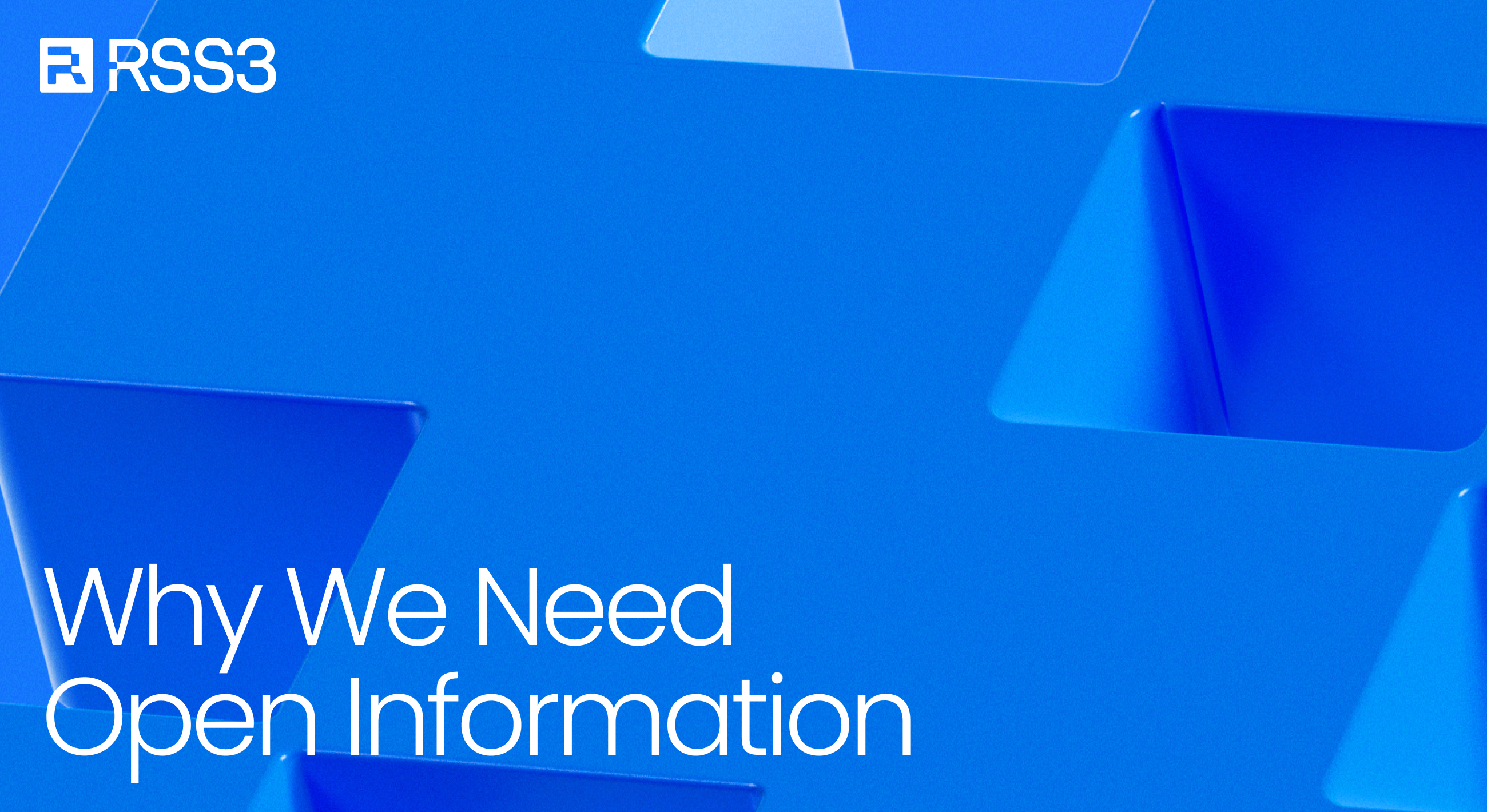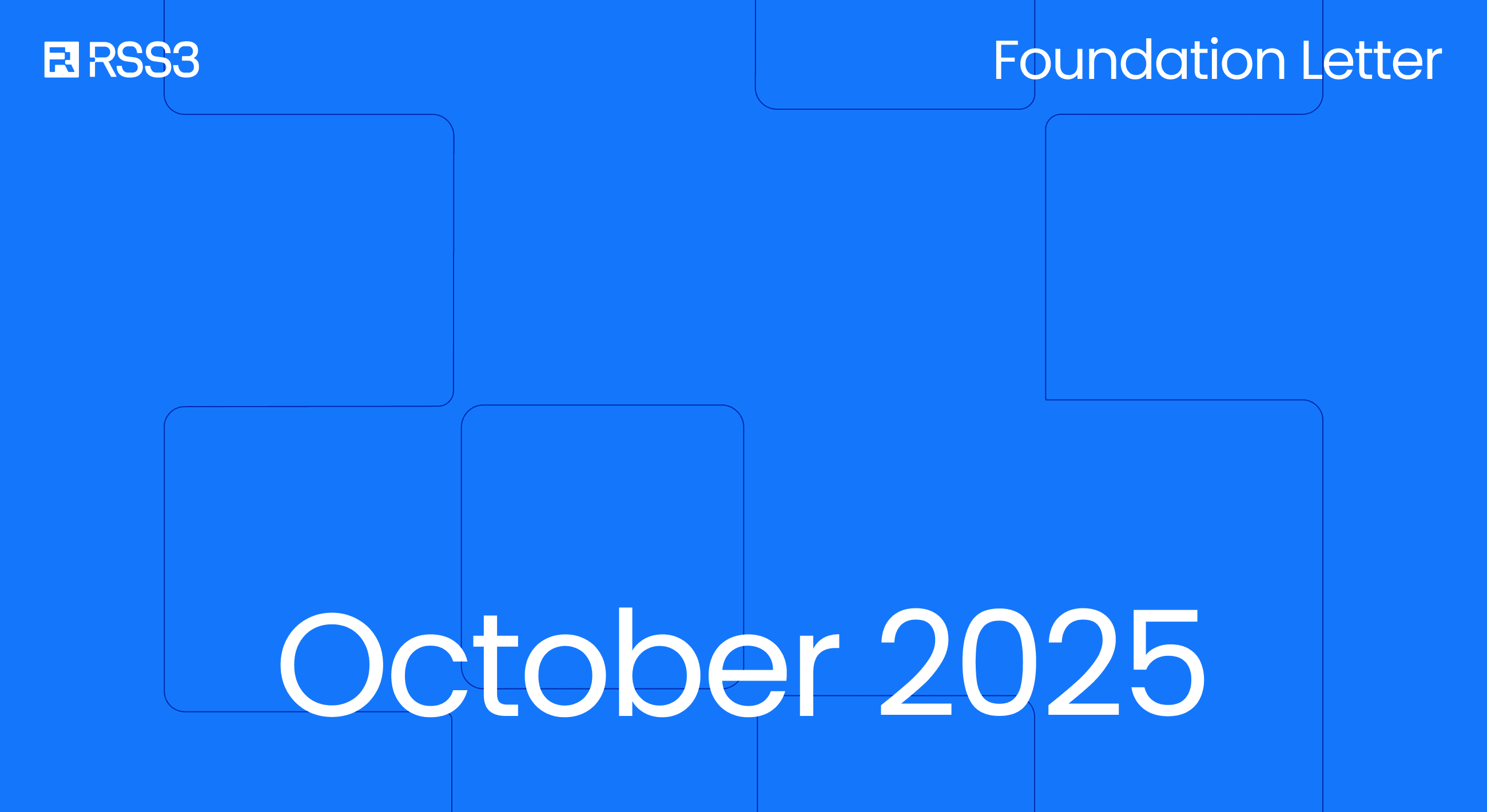Picture a scenario where as a developer or analyst you need some information to build a project and you could not access data on networks because of processes, inter-platform or institutional barriers even though the data you seek exists and because of this you have to pull the plug on the project which also ends whatever good could have come out of it.
That scenario depicts one of the issues, frustration and consequence of a Close Information or Close web. While on the periphery it may seem impossible to prevent access to information because of advanced technology, legal tools such as freedom of information and peer group movements such as Open Source and Open Access; Close Information goes deep into the fabric of the society and has become a weapon in the hands of big tech companies to achieve motives such as consolidating monopoly in order to maintain lead over competitors.
But how did the society get to the point where a few people and organisations desire to restrict access to information? There are numerous answers to this, depending on who you talk to. However, one answer could be found in iterations of the internet.
Pioneered by Timothy berners-Lee in 1990, Web1.0, the first generation of internet was created for the purpose of revealing information, enabling global access and facilitate information flow between researchers. Internet at the time was passive; data could not be changed once published; it was read only and there were limitations to how users could interact with it.
Then Web2 emerged to make internet both read and write. In this phase, technology has grown and new languages have been written to help users do more than just view computer monitors. Users could perform actions such as offer, search, store and alter data as well as interact with better looking interface. It was during this period that many big tech companies emerged. Desktop software got better in quality just as there were effort to make computer portable through mobile applications.
Built on centralised technology systems and intermediary structure, Web2 became the poster child of human’s technology prowess. Web3 which is based on decentralised system, driven by blockchain technology emerged and it’s believed to possess the solution to many issues with Web2 such as privacy and control over personal data, misinformation, security, censorship and restriction of access to information (or close information) among others. For the purpose of this article, let’s zoom in on closed information or closed web
Closed information, the opposite of Open Information or Open Web is indicative of a situation where access to data is restricted or completely denied, leaving the person that seeks information to be unable to do whatever needs to be done.
What people need information for could range from research to analysis, training artificial intelligence model and even building an application or protocol.
Truly, not all data can be made accessible to the public. While certain types of data like personal data may not be made open, there are numerous other types of data on different networks both on-chain and off-chain that have no negative consequence if made accessible to anyone that has need for them.
Advocates of Open Information believe that Open Information brings about public power and closed information limits access to resources and promotes inequality in all ramifications including technology and development.
An unequal tech space benefits mainly big technology companies. Having taken control over humongous amount of data which they acquired from users’ activities on their technology platforms, these companies use this data in the development of new technology such as training of artificial intelligence models and then close access to this data thereby making it difficult for anyone else to use it. This monopoly over data has contributed to making them stay ahead of competitors.
Indeed, Close Information favours a small number of people and organisations like big tech companies but what is the gain if Open Information permeates systems, particularly technology.
Inter-operation among networks, chains, protocols and applications will be wide spread as. Platforms can easily process and adapt for use data from different networks. Interoperability as well as collaboration are good for technology in general as they bring ease to building and smoothens operations.
In Open Information, users can have control over their data and have rights to migrate or use the data on different platforms. Unlike Close Information where users' data are held and controlled by platforms who make it impossible for it to be used outside of their platforms, Open Information system and processes do not restrict how and where data is used.
A system where Open Information is rife stirs up open-source. Open-source encourages transparency and collaboration. With information in the open, people can scrutinize for the purpose of holding to account and collaboration can occur permissionlessly.
Having access to information removes barriers to innovation just as it ensures public power. Restricted access to information will definitely stifle innovation and whatever good cause could have come from it. This is why RSS3 enables information to flow freely by making both structured and structured information from permissionless networks available to anyone who needs to build applications or protocols or even to train AI models.
The essence of the concept of Open Information as well as its benefits and the dangers if Close Information is allowed to thrive provide answers to why we need Open Information. Although Close Information, backed by big tech has prevailed for since the rise of Web3, its effect can still be rolled back and it is a task for everyone.



